The impact of Rate Reductions - a useable metric
The impact of Rate Reductions...
We all know that the 'golden ticket' for any Revenue Manager is to increase not only rate but occupancy. However, we all know that growing both can often be as elusive as that lottery win. Not every hotel is in that elite zone where both can be pushed and we often see owner/managers pushing Revenue toward one or the other.This week, I thought that I would give you a useable metric that you can use every time you are challenged with either increasing or decreasing rate. In the example I use below, I am working on the assumption that you as a Revenue Manager have been asked to increase occupancy by allowing a dip in ADR. However exactly the same metric can be used in reverse.My advice is to put this formula into Excel and use it to check results either before or after any rate decision is made.Step 1 - If your owner/manger feels they are happy to take a hit on rate for the sake of higher occupancy, first of all estimate the drop you expect (and for the sake of clarity, today I will work in GBP)Step 2 - The question is: What occupancy is required to generate the same revenue if I lower my rate by £5.00
- My current ADR is £75.00
- My Variable costs are £27.67
- Therefore my Contribution Margin is £47.33 (please note that I am working out this calculation in its most simple form but please feel free to add further costs). For example, I have not included Fixed Costs, Cost of Acquisition etc but these can of course can be included to give a more realistic Cost Calculation.
- My average current occupancy is 72%
- I have 56 rooms in my hotel
- My owner is hoping to gain more occupancy and is happy to take a 'hit' on rate. My estimation is a drop of £5.00
| What occupancy is required to generate the same revenue if I lower my rate by £5.00 ? | ||||
| Existing Rate | New Rate | |||
| ADR | £75.00 | £70.00 | ||
| Variable Costs | £27.67 | £27.67 | ||
| Contribution Margin | £47.33 | £42.33 | ||
| Average Current Occupancy | 72% | 72% | ||
| No of Rooms | 56 | 56 | ||
Step 3 - Now for the maths:
- Divide your existing rate - variable costs (£75.00 - £27.67) by your new rate minus variable costs (£70.00-£27.67)
- OR £47.33 / £42.33
- Then multiple by your current occupancy
47.33 / 42.33 x 72 = 80.5 (or rounded up as you can't have 0.5% occupancy) is 81 or 81%So for a drop of £5.00, you need to gain an extra 9% occupancy (i.e. the difference between the new target of 81% and the existing 72% occupancy).In real terms this is a targeted gain of 5 rooms each night. This is because in a hotel of 56 bedrooms, 9% equates to 5.04 rooms - if this was slightly higher I would round up to 6 but lets go for best case scenario and keep at 5 - that would be a tough enough target!So you can see, that even a small drop in rate can have a HUGE impact on what you actually need to gain in occupancy. And for all Revenue Managers the question should be, 'where on earth is this additional occupancy going to come from?'. It is not always easy to 'steal' this from competitors, so the answer is usually to implement a shift in market segmentation i.e. perhaps more tours or lower rated business. But again this isn't something that can always be turned on immediately and can often lend itself to a more long term strategy. So I guess, the outcome of all of this is to be very careful before deciding that a drop in rate could be the answer to your occupancy problems!As I mentioned at the start, the same metric will work in reverse, so I hope you find this simple technique useful.(and as always, for all things revenue, just ask@rightrevenue.wpengine.com)
